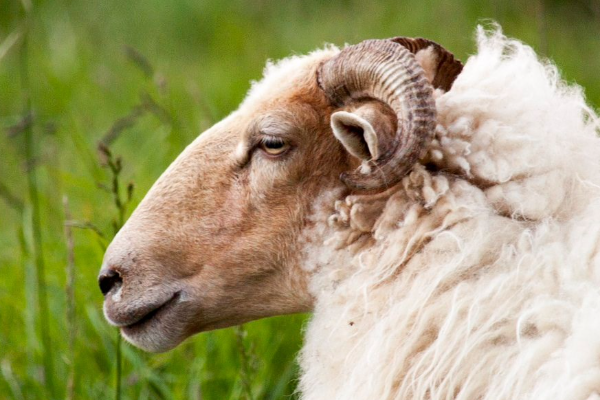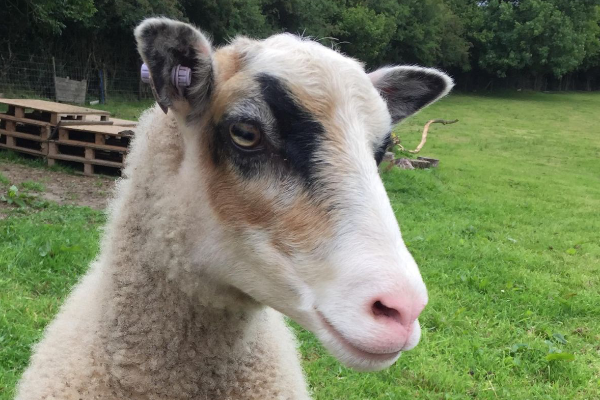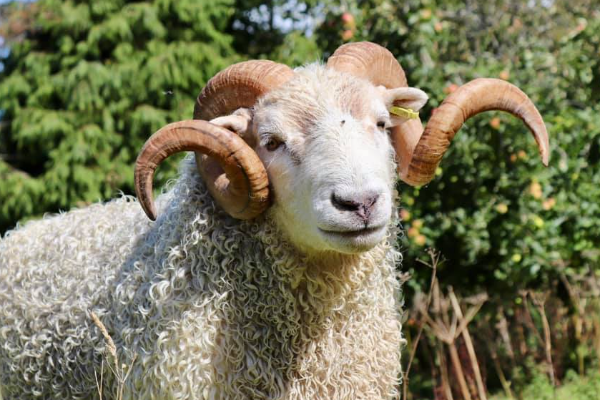St. Croix Sheep
What is the history of St. Croix Sheep?
The St Croix (Saint 'Croy') is a breed of domestic sheep native to the U.S. Virgin Islands and named for the island of Saint Croix.They are often also called Virgin Island White because those that were imported into North America were selected for white coloration. On the Island of St. Croix, they come in shades of brown, white and black.
Hair sheep from West Africa were introduced into the Caribbean in the 1500s. From this introduction, different breeds of sheep developed accounting for less than 2 million head throughout the Caribbean region. It is believed that they descended from the hair sheep of West Africa, but some feel it is a cross between the Wiltshire Horn and the native Criollo.
The Virgin Island breed was introduced into the United States in the 1960s by Michael Piel of Maine.
A second importation in 1975 was taken to Utah State University by Dr. Warren Foote. It is from these sheep that the St. Croix breed has been established in the United States. Small flocks were established in Florida, North Carolina, Ohio and California in addition to Utah for experimental purposes. Utah State University personnel found St. Croix to have attributes so interesting and useful they founded the registry and created the breed.
It remains a closed breed, however there have been recent imports of some animals and semen from the Island of St. Croix.
Hair sheep comprise approximately ten percent of the world sheep population and are located primarily in the tropical regions of Africa, South America and the Caribbean.
Caribbean hair sheep, such as the St. Croix, are prolific and breed throughout the year and thus are of interest to the U.S. sheep industry. Currently, the St. Croix is still a rare breed in the United States with approximately 5000 registered sheep in 1999 but is gaining in popularity.
What are the characteristics of St. Croix Sheep?
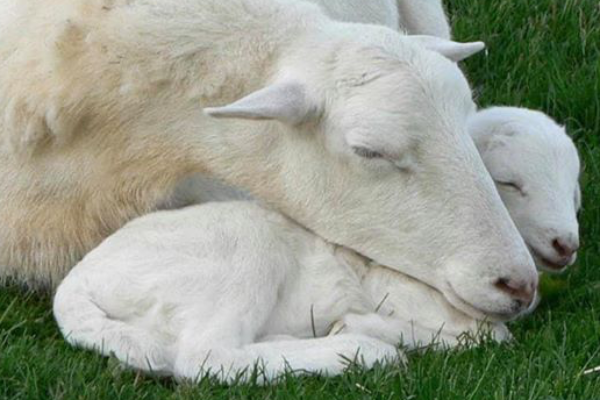
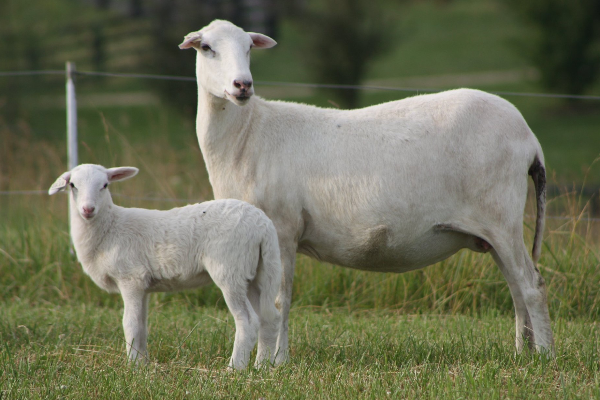
Picture: Melissa Markham Haney
St. Croix sheep are very tractable and easy to handle. They are active and vigorous, but show no tendency to be wild or flighty. The St. Croix rams exhibit little tendency to butt or charge. The St. Croix ewes are superb mothers.
St. Croix are very comfortable around people and are easily managed in handling systems. The St. Croix is an attractive all white sheep of moderate size and has a hair coat of consistent texture.
They are gentle and easy to handle and both sexes are hornless.
They are a true hair sheep and shed their winter coat of hair and fine downy fiber each spring and never need shearing. They have a slender hair covered tail that does not need to be docked. Mature St. Croix rams sport a lion-like mane which may fall to the knees.
St. Croix Hair Sheep easily adapt to various climates. In cold weather they grow a thick winter coat which is then shed during warm weather. Their coat is hollow medullar hair which allows the sheep to shed water and thus they are able to tolerate heat and humidity as well as cold weather.
They have superior inherent resistance to internal parasites, general good health and few hoof problems. Considered by many as ‘Parasitic Pasture Vacuums’ they help to eliminate parasites from pastures thereby reducing the need for frequent worming.
St. Croix ewes and rams have early puberty and a long reproductive life. Ewes can have three lamb crops in two years with few birthing problems. St. Croix have a high multiple birth rate in the range of 50-75%. The lambing rate is 195-200%. The average gestation duration is 150 days.
St. Croix Lambs finish without excessive fat and the carcass conformation is similar to that of a Ramboulliet with the exception that the St. Croix has a higher slaughter yield due to smaller bone and fat.
They are active grazers. There has been an increased demand for St. Croix ewes to cross with white Dorper for commercial butcher lamb production. St. Croix are increasingly being used to cross breed to wool breeds.
What is the weight of mature St. Croix Sheep?
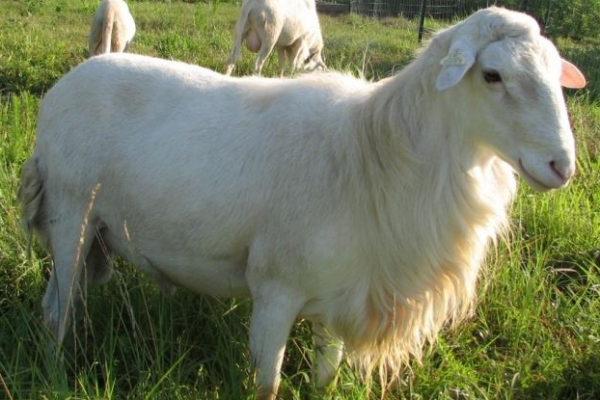
St. Croix lambs at birth weigh an average of 3 kg.

Written by
H Cetin KATIRCI
Online ShepherdBreedsMore
IllnessesMore
Forage cropsMore
![]() Патологическая физиология голодания Arina TARAN
Патологическая физиология голодания Arina TARAN![]() Дефицит фосфора (гипофосфатемия) Hipofosfatemi Arina TARAN
Дефицит фосфора (гипофосфатемия) Hipofosfatemi Arina TARAN![]() Какие бывают кормораздатчики для ферм КРС? Irina Makarova
Какие бывают кормораздатчики для ферм КРС? Irina Makarova![]() Кормушки для овец Diana Myakisheva
Кормушки для овец Diana Myakisheva![]() Питание домашних коз: что едят, виды корма и правила кормления Alina Arslantürk
Питание домашних коз: что едят, виды корма и правила кормления Alina Arslantürk![]() Важность минералов питании сельскохозяйственных животных Irina Makarova
Важность минералов питании сельскохозяйственных животных Irina Makarova


